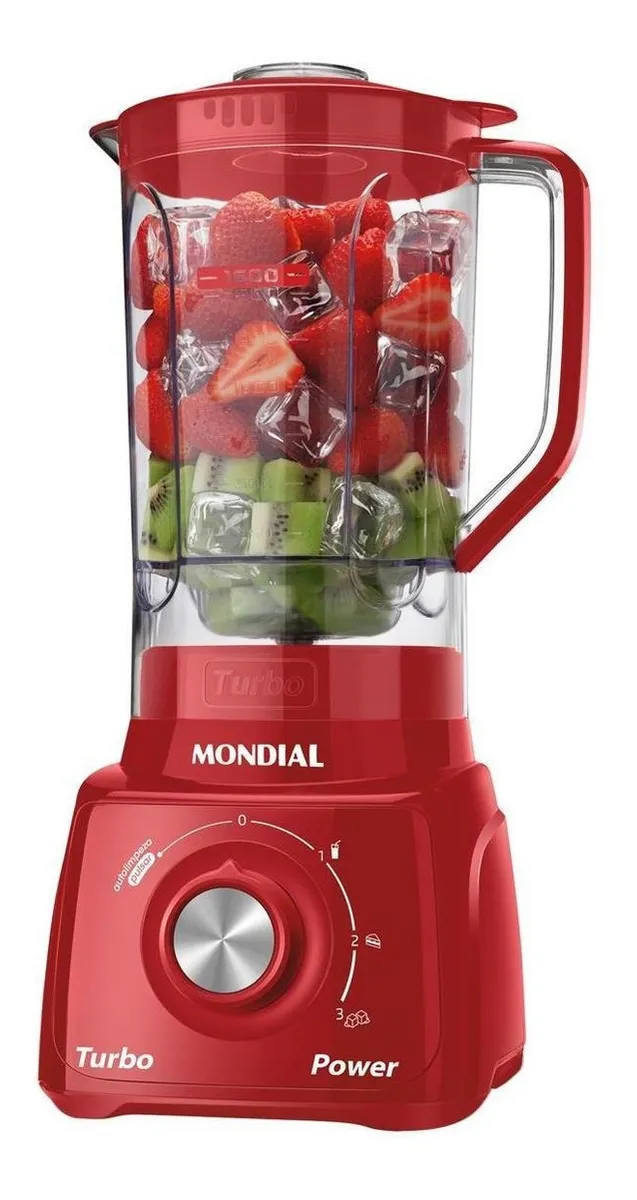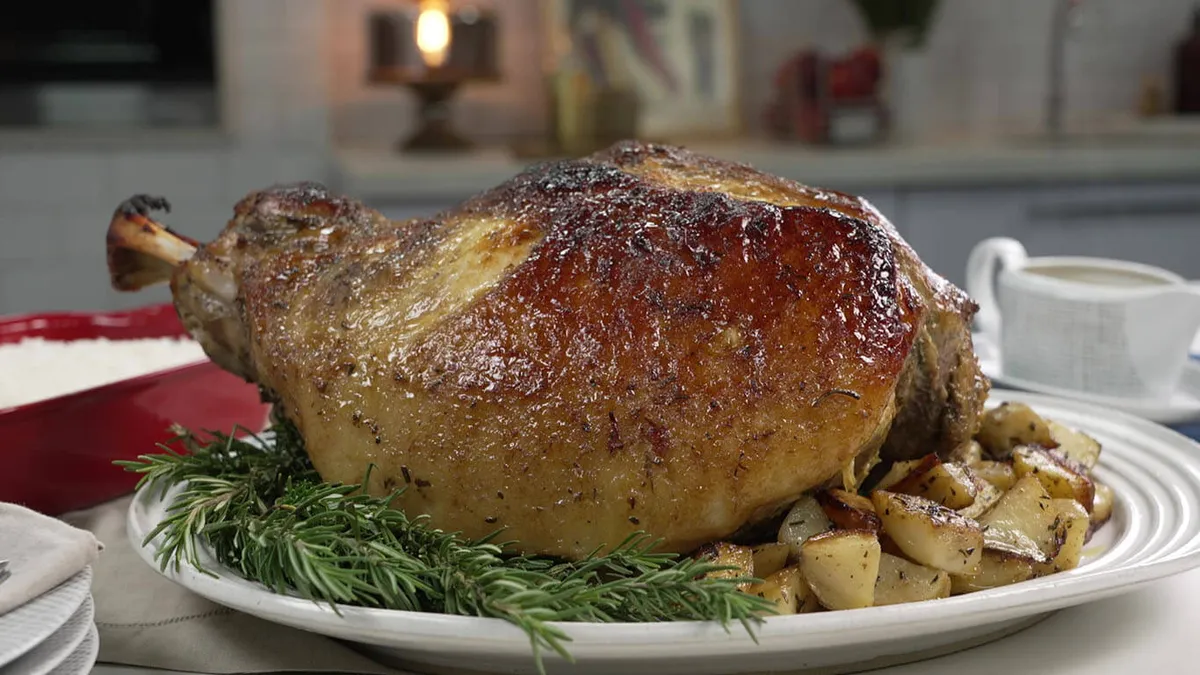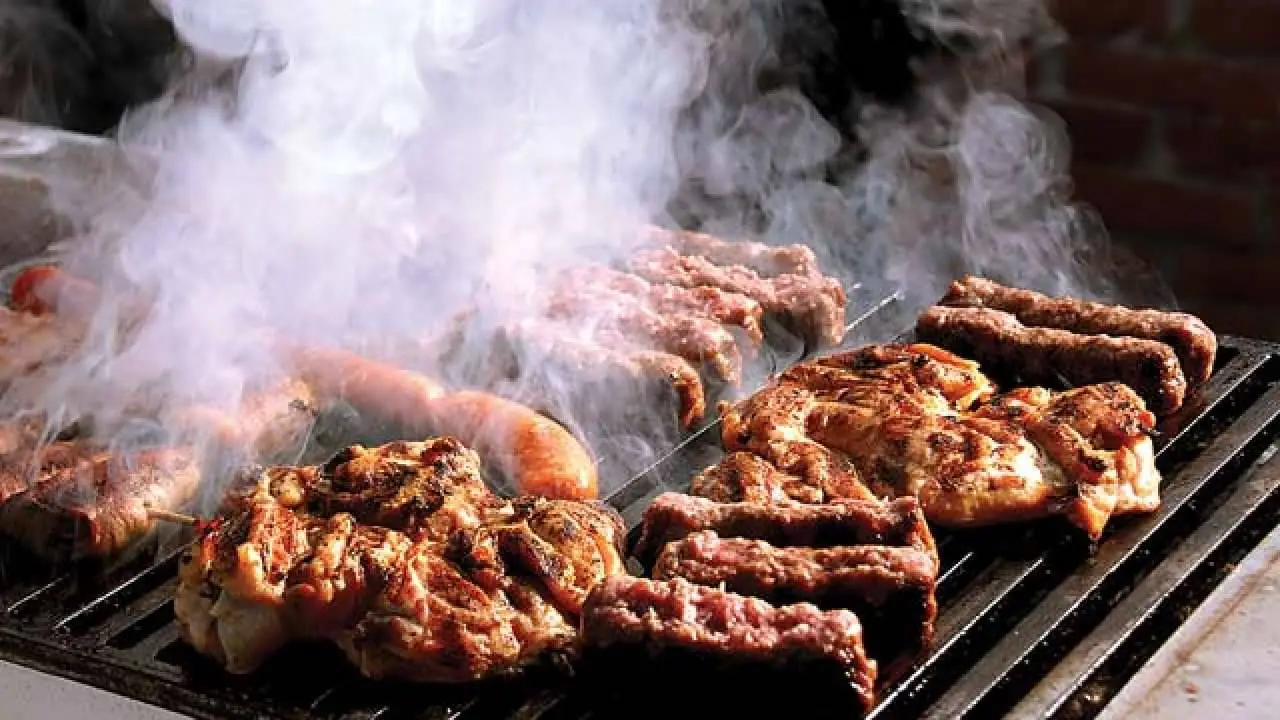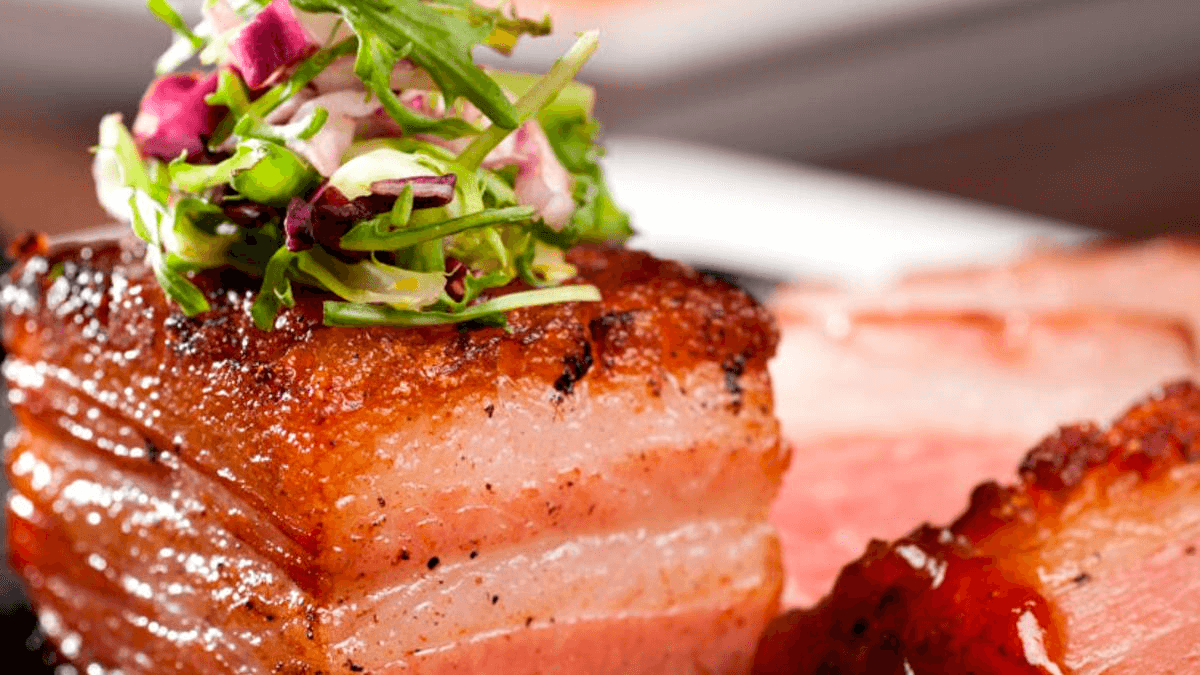How to Roast Seasoned Turkey and Keep It Juicy (Tips + Tricks!)
Learn to roast the seasoned turkey perfectly, with golden skin and juicy meat! Find out if you can roast it frozen, how to defrost it properly, and tips for amazing flavor. Check it out!
Introduction
O seasoned turkey is the star of Christmas, New Year’s Eve, and other special occasions dinners. But to ensure it stays juicy inside and crispy on the outside, you need to follow some important tips. In this complete guide, we will answer the most common questions, such as: How to roast the seasoned turkey the right way? Can you roast frozen turkey? How to safely defrost the turkey? Also, you will learn tricks to enhance the flavor and ensure a perfect turkey to impress your guests. Keep reading and discover all the secrets!

How to Roast Seasoned Turkey: Step-by-Step for Success
Roasting a seasoned turkey may seem like a challenge, but with the right techniques, you’ll handle it easily. Follow this step-by-step guide for a chef-worthy result:
1. Preheat the Oven: Ideal Temperature
The first step is to preheat the oven to 180°C (356°F). This ensures the turkey cooks evenly, cooking equally inside and out. A preheated oven also helps seal the surface of the turkey, keeping its internal juices and guaranteeing more juiciness.
2. Choose the Right Roasting Pan: Space and Depth
Choosing the right roasting pan is crucial. Opt for a pan large enough to accommodate the turkey without it being cramped, allowing hot air to circulate. Also, it should be deep enough to collect the juices released by the turkey during cooking. These juices are essential for basting the meat and making a delicious sauce.
3. Boost the Seasoning: Personal Touch and Extra Flavor
Even if the turkey is already seasoned, adding a personal touch makes all the difference. Prepare a mixture of room temperature butter with crushed garlic, chopped fresh herbs (rosemary, thyme, sage), lemon or orange zest, and salt. Carefully lift the turkey breast skin and spread this mixture between the skin and the meat. This not only intensifies the flavor but also helps keep the meat moist and tasty.
4. Cover with Aluminum Foil: Even Cooking and Golden Skin
To ensure the turkey cooks evenly without the skin burning, cover it with aluminum foil during most of the cooking time. In the last 30-45 minutes, remove the foil to allow the skin to brown and become crispy.
5. Calculate Oven Time: Rule of Thumb and Thermometer
A general rule to calculate oven time is to roast the turkey for about 40 minutes per kilo at 180°C (356°F). However, the most accurate way to check doneness is by using a cooking thermometer. Insert the thermometer into the thickest part of the thigh, avoiding bone contact. When the internal temperature reaches 75°C (167°F), the turkey will be ready.
After all, Can You Roast Frozen Turkey?
This is a very common question, and the answer is: **it is not recommended**. Roasting frozen turkey can result in uneven cooking, with the outside overcooked and the inside undercooked. Also, there is a higher risk of bacteria growth, as the turkey will spend more time in the “danger zone” temperature range (between 4°C and 60°C / 39°F and 140°F).
Proper defrosting is essential to ensure the turkey cooks evenly, allowing heat to penetrate all parts of the meat uniformly. Moreover, seasoning adheres better and penetrates more easily into thawed meat.
How to Defrost Turkey Properly: Safe and Quick Methods
There are two main ways to safely defrost the turkey :
1. Refrigerator Defrost: The Safest Method
This method is the most recommended by experts as it keeps the turkey at a safe temperature throughout the process. Here’s how to do it:
- Plan ahead: This method is slow, so planning is necessary. Calculate about 24 hours of defrosting for every 2 kg of turkey.
- Use a roasting pan or tray: Place the turkey wrapped in a roasting pan or tray to catch any liquids that might drip.
- Position it on the bottom shelf of the fridge: Put the tray with the turkey on the lowest shelf of the refrigerator to prevent cross-contamination.
2. Cold Water Defrost: Faster Method
If you’re in a hurry, you can defrost the turkey in cold water, but you must follow some rules to ensure safety:
- Waterproof packaging: Make sure the turkey is in an airtight plastic packaging to prevent water from contacting the meat.
- Submerge in cold water: Place the turkey Place the wrapped turkey in a large bowl or sink and fully cover it with cold tap water.
- Change the water regularly: Change the water every 30 minutes to keep the temperature low and prevent bacteria growth.
- Defrosting time: Calculate about 30 minutes of defrosting for every 500g of turkey.
- Cook immediately: After defrosting in cold water, the turkey must be cooked immediately.
Extra Tips for an Amazing Turkey: Guaranteed Flavor and Juiciness!
Now that you know how to roast and defrost the seasoned turkey, check out these extra tips for an even more spectacular result:
- Baste the turkey regularly: Every 30-40 minutes, open the oven and baste the turkey with the juices that have accumulated in the bottom of the roasting pan. This helps keep the meat moist and flavorful. You can also use a kitchen brush to spread melted butter or olive oil on the turkey skin. turkey.
- Flavored butter: the secret to taste: Prepare a flavored butter in advance and use it to baste the turkey before and during cooking. Mix room-temperature butter with chopped garlic, fresh herbs (rosemary, thyme, sage), lemon or orange zest, salt, and pepper. You can also add a touch of honey or mustard for a sweet and sour flavor. Spread this butter under the skin of the breast and thighs of the turkey, and also over the skin.
- Stuffing: If you use stuffing, prepare it separately and bake it in a separate pan. This ensures the stuffing cooks completely and avoids contamination risk, as the internal temperature of the stuffing inside the turkey may not reach a safe temperature.
- Resting is essential: After roasting, remove the turkey from the oven and let it rest for at least 20-30 minutes before carving. This resting time allows the juices to redistribute throughout the meat, ensuring it becomes more tender and juicy. Loosely cover the turkey with aluminum foil during resting to keep it warm.
- Use the drippings for a delicious sauce: The juices that accumulate at the bottom of the roasting pan are an amazing base for a flavorful sauce. Remove excess fat and place the pan over low heat. Add a little white wine or chicken broth and scrape the bottom of the pan to loosen caramelized bits. Let it reduce for a few minutes until thickened and serve over the turkey slices. turkey.
Conclusion
Roasting a seasoned turkey Juicy and flavorful turkey is easier than you think! With the tips and step-by-step guide we’ve shared, you are ready to prepare a turkey perfect turkey for any special occasion. Remember to defrost the turkey properly, preheat the oven, choose the right roasting pan, boost the seasoning with flavored butter, cover with aluminum foil, and calculate the oven time based on weight. And don’t forget the cooking thermometer to ensure the perfect doneness! With a little planning and care, you will surprise everyone with an turkey unforgettable turkey. Enjoy your meal!
Image source: myrecipe







